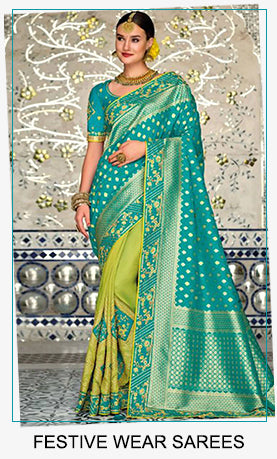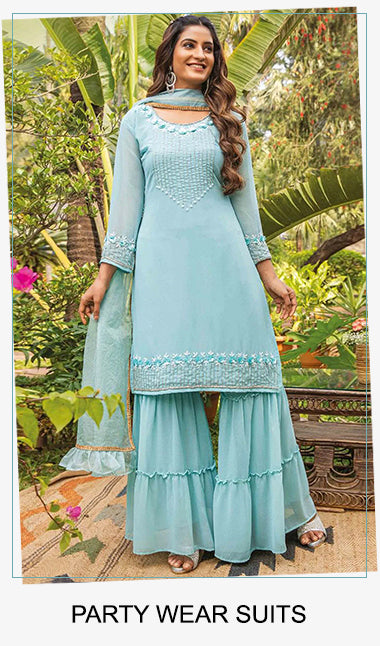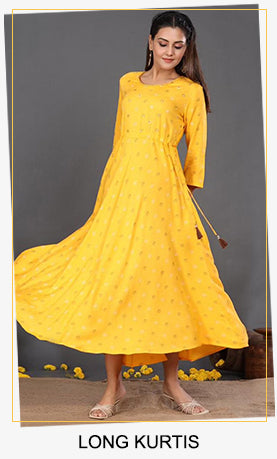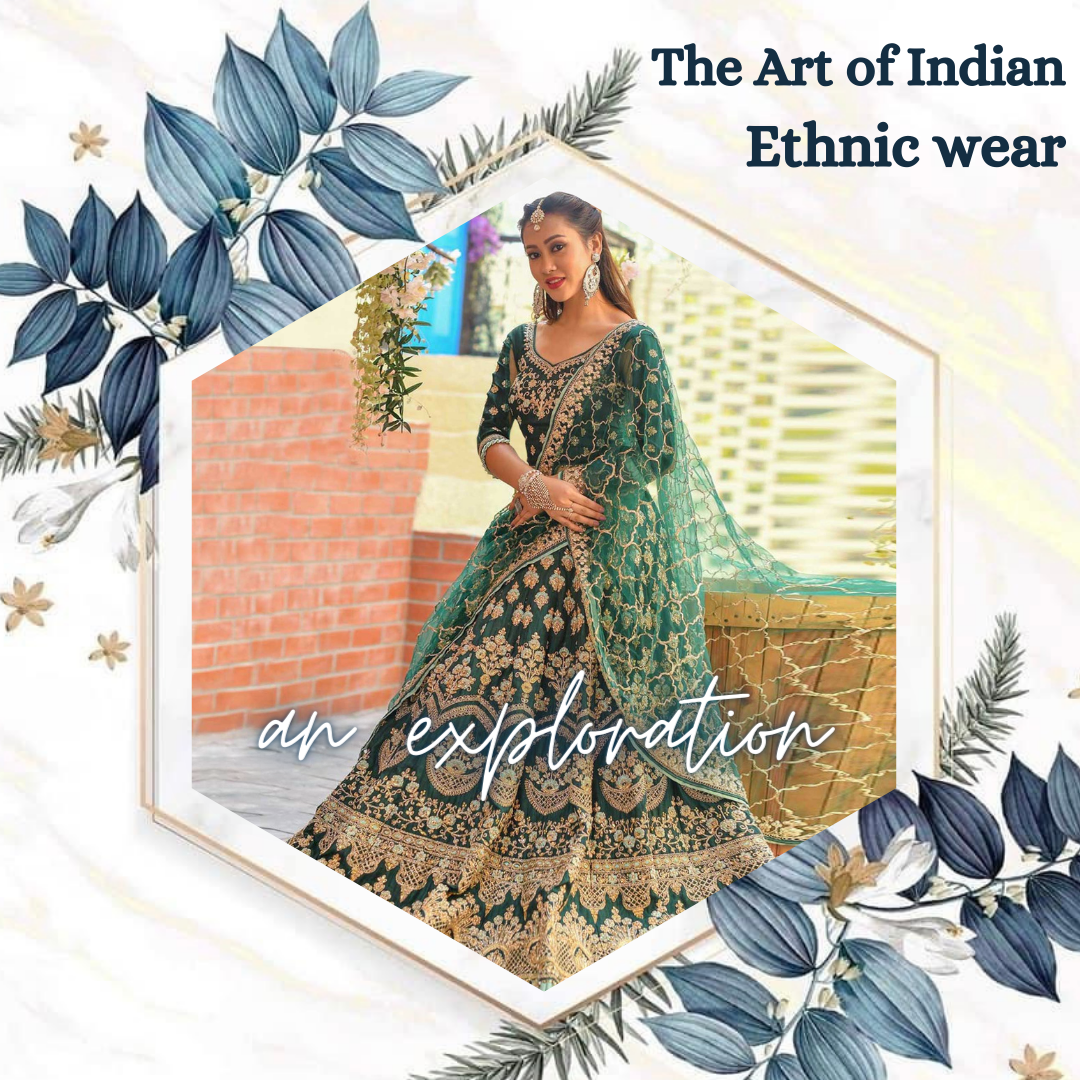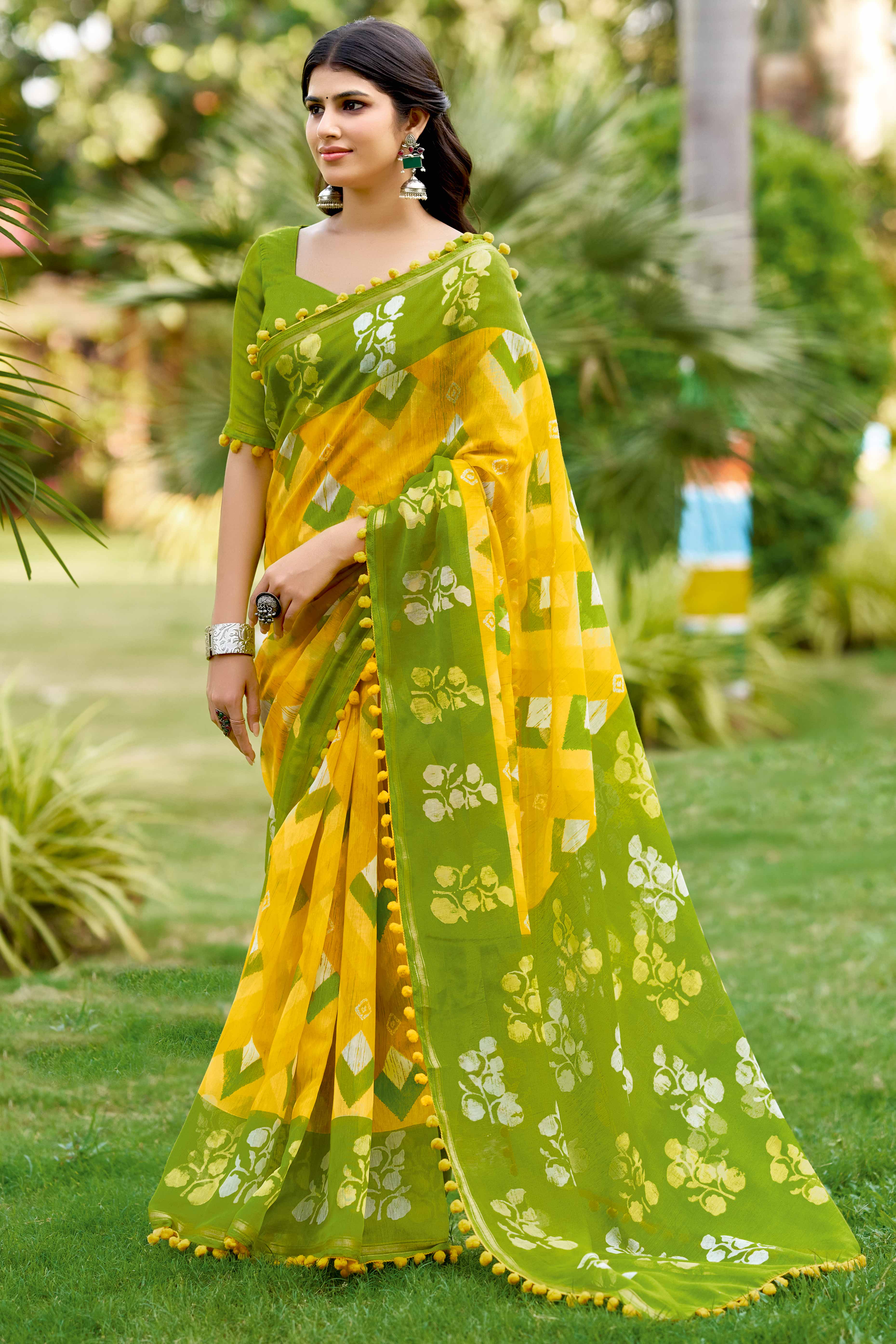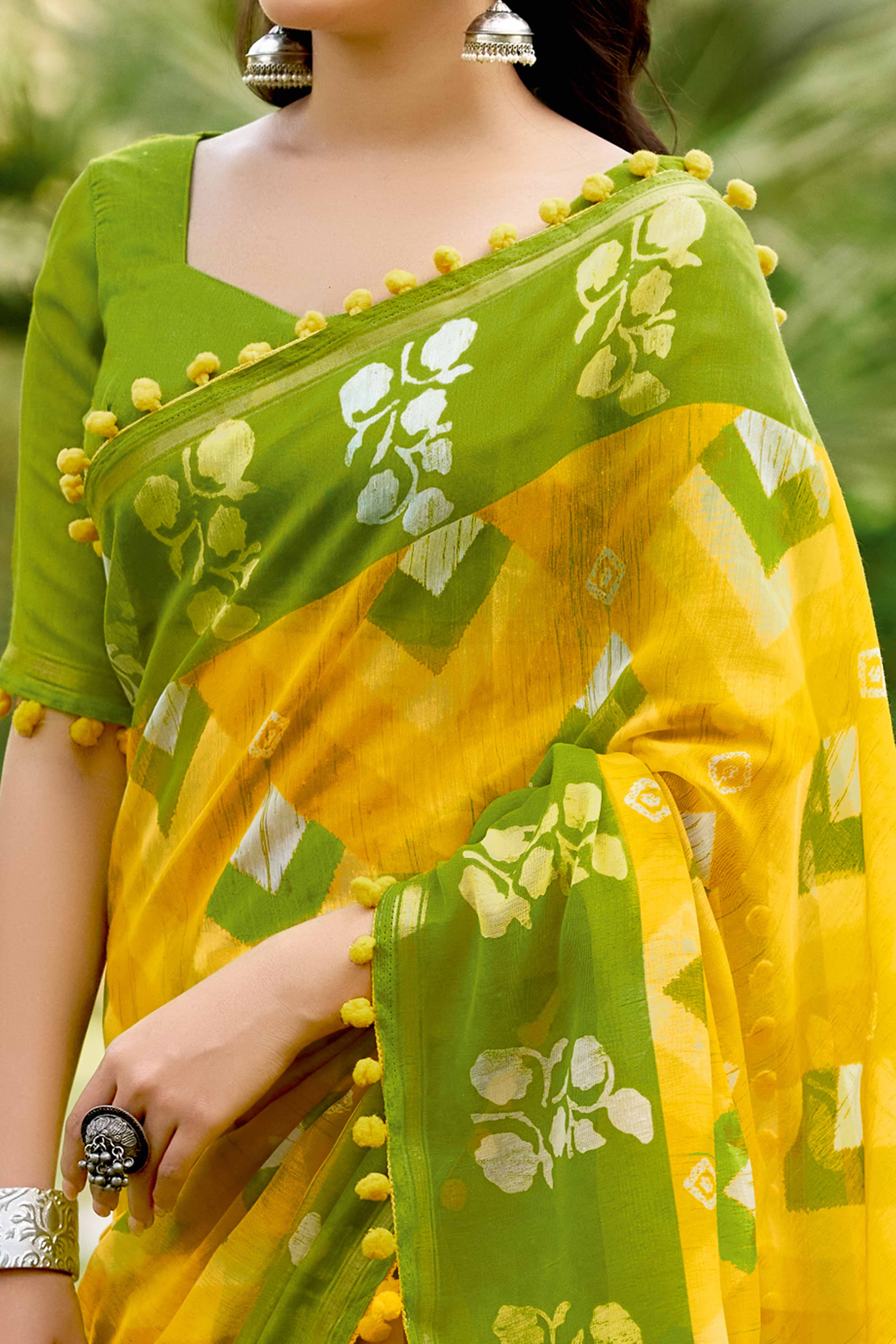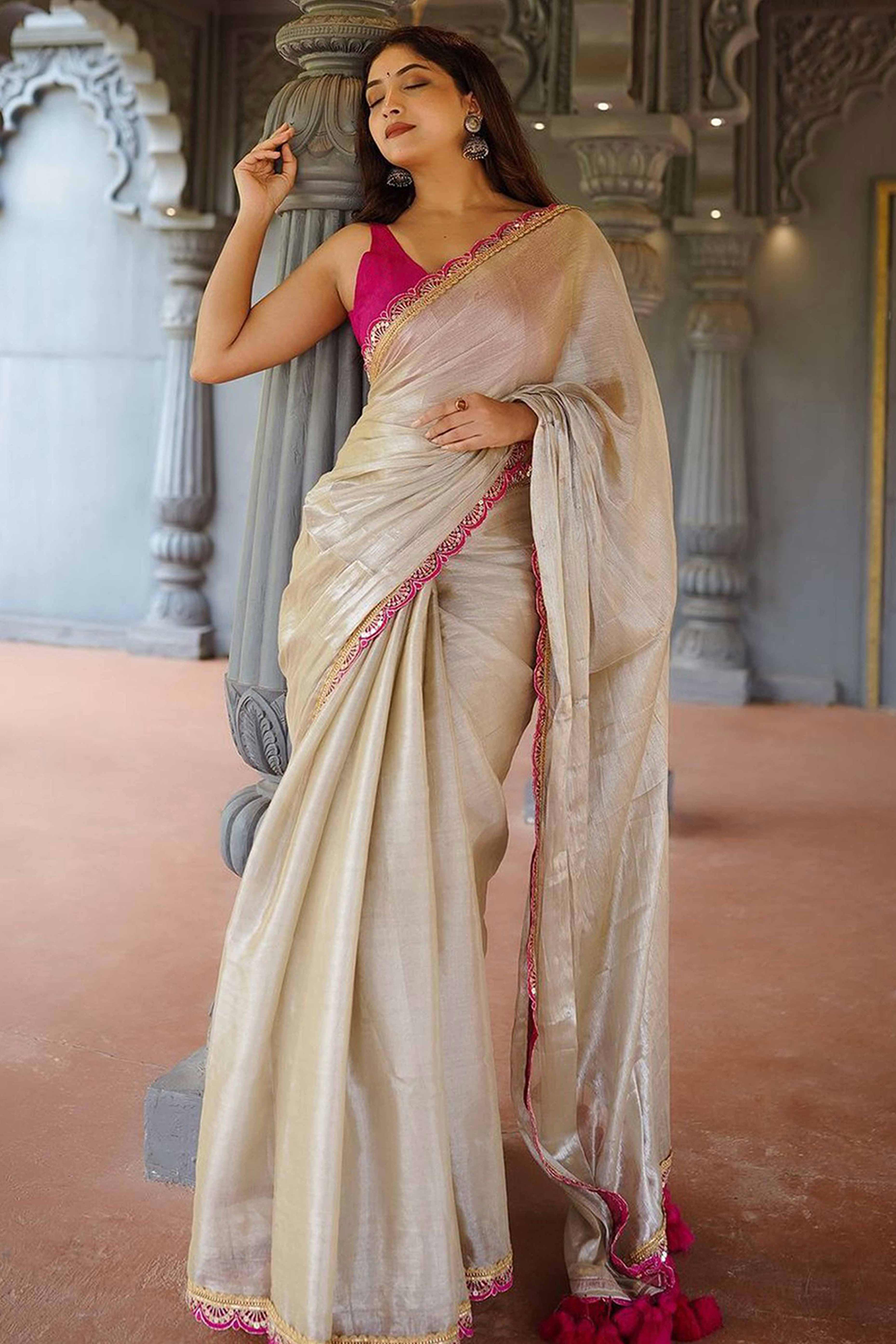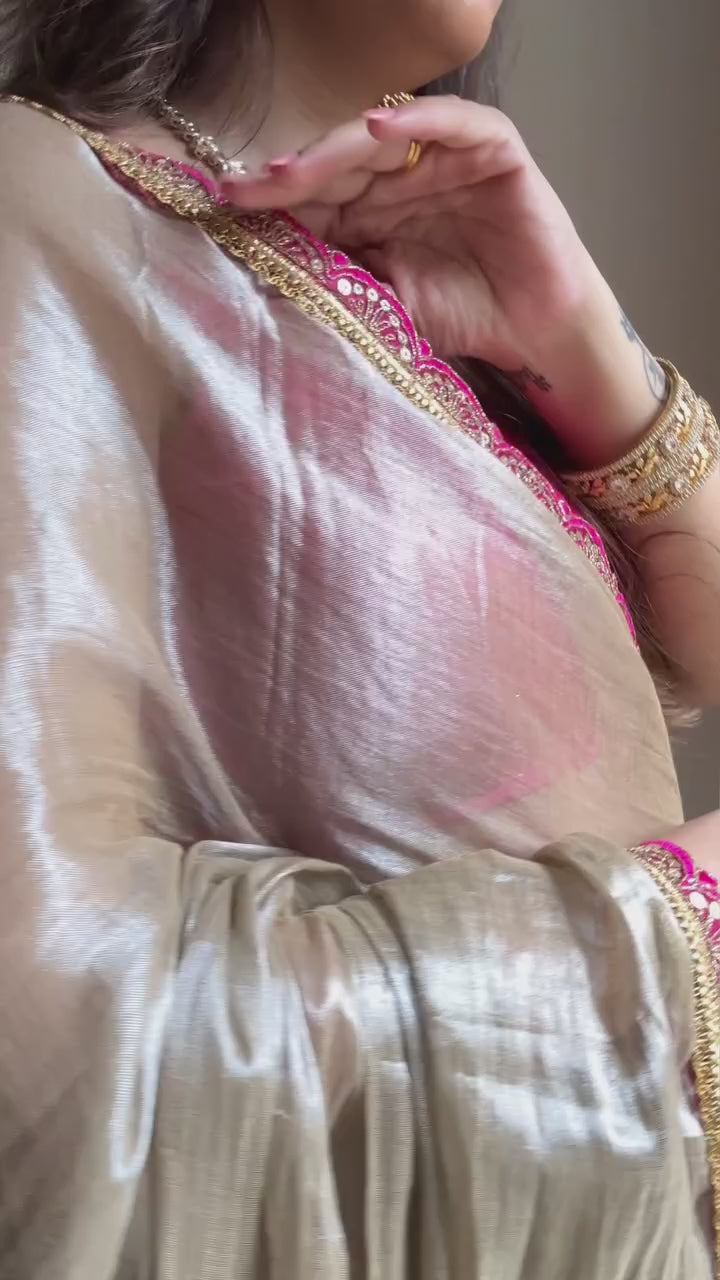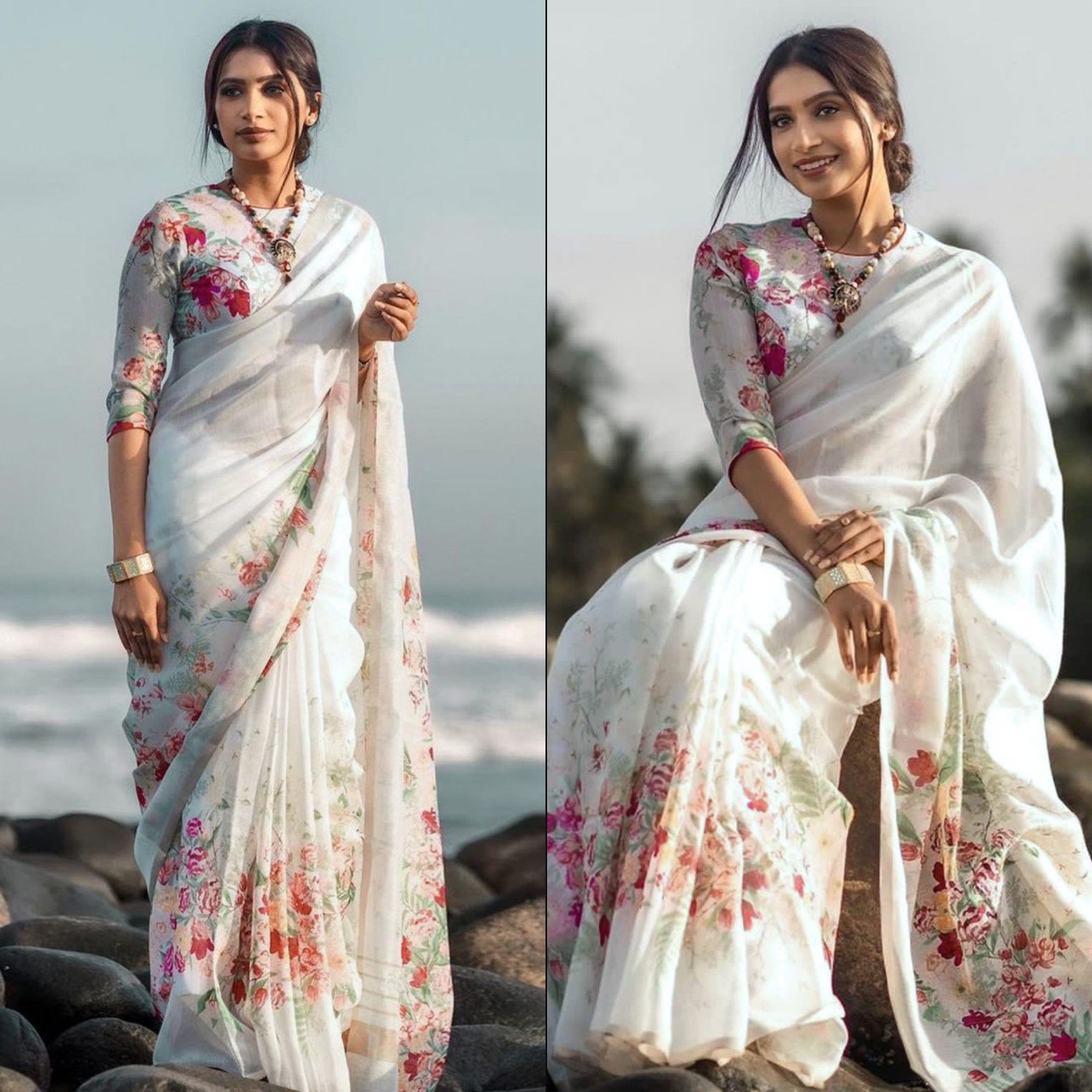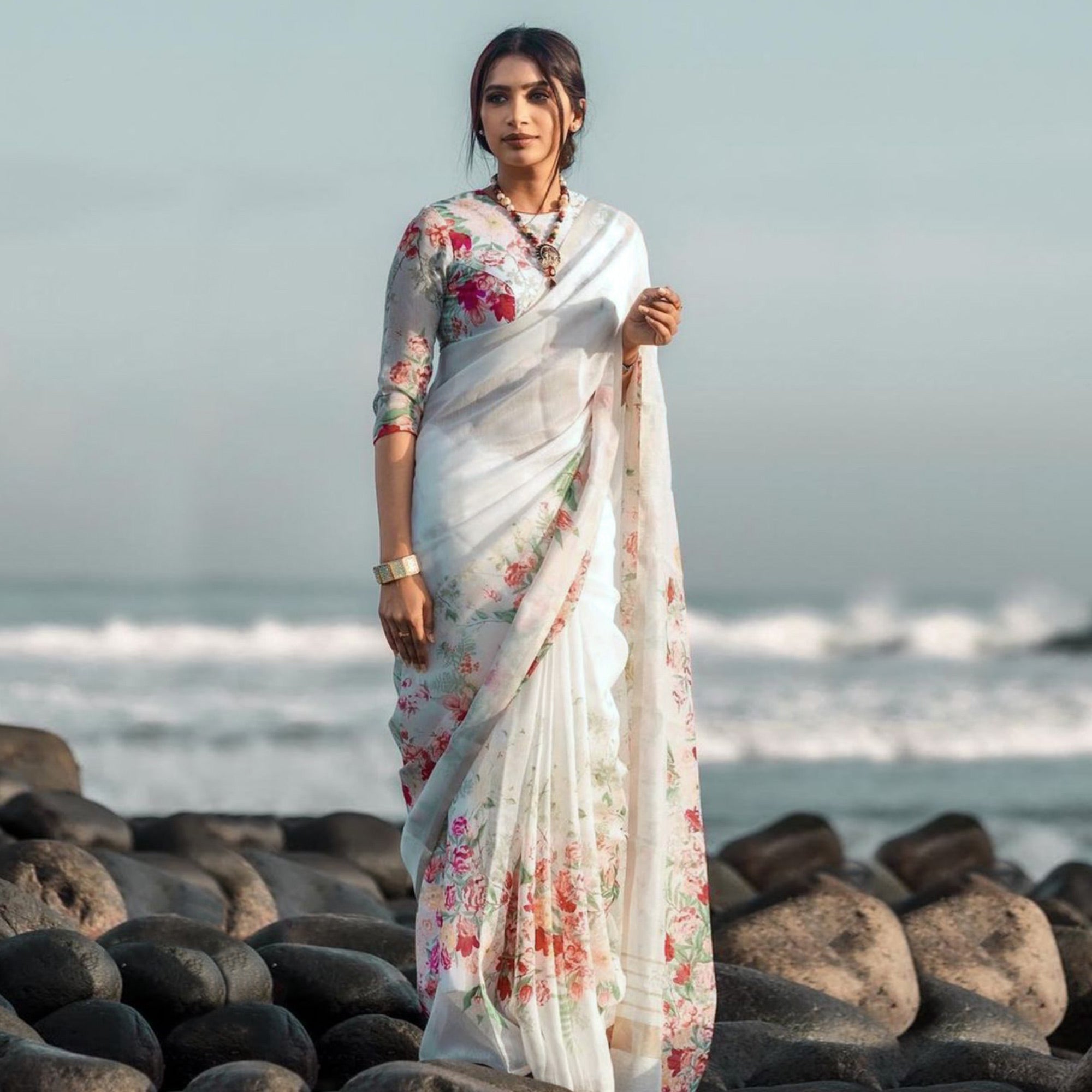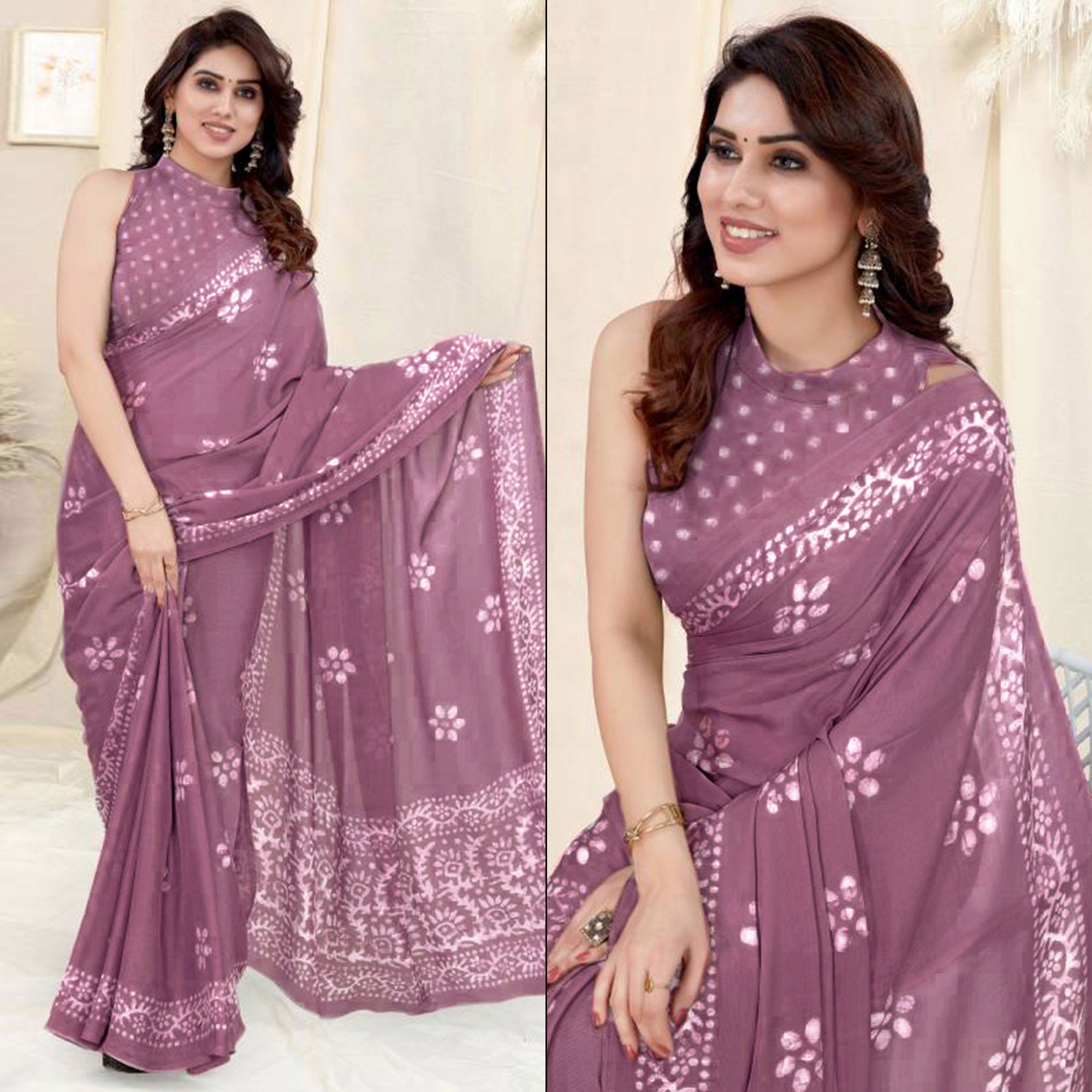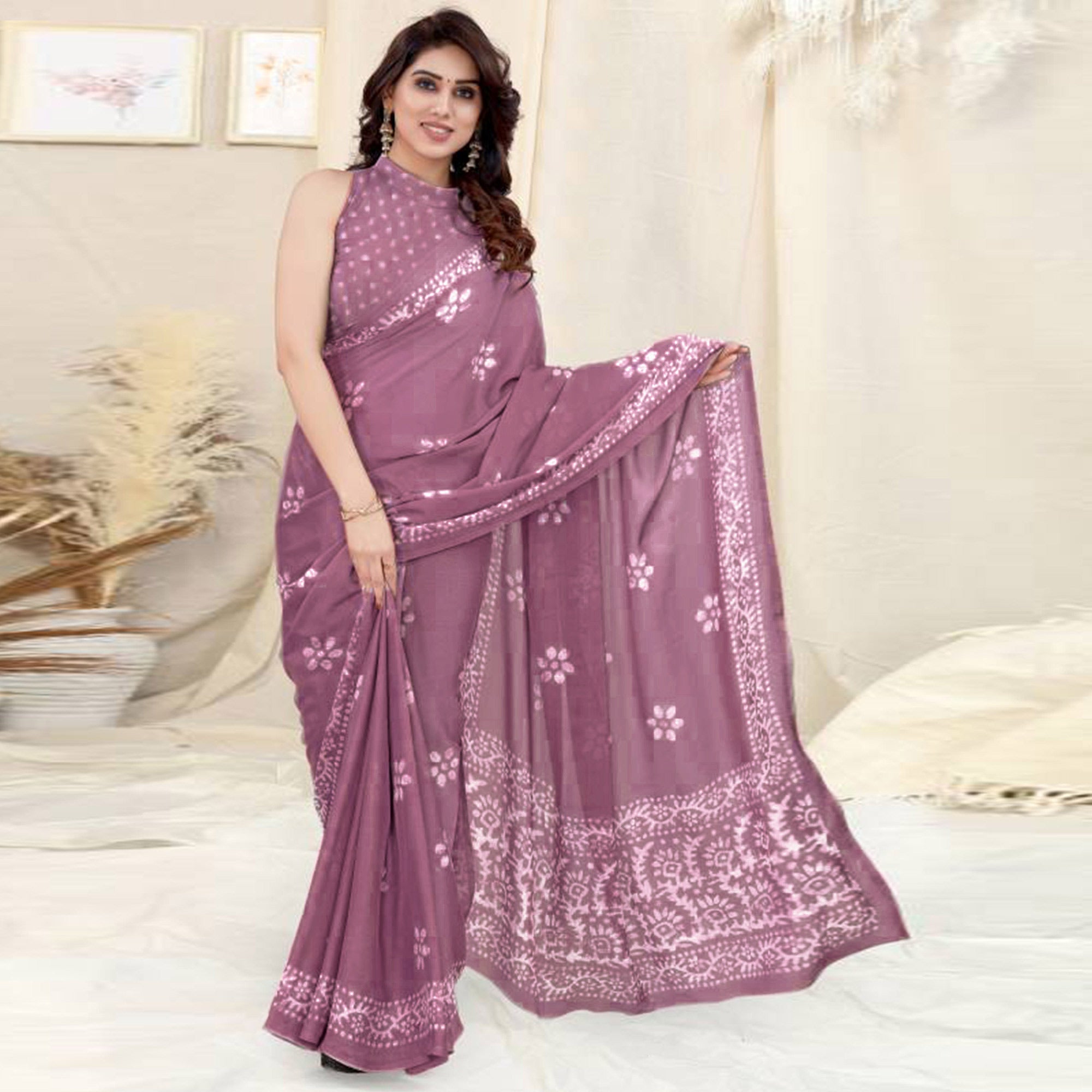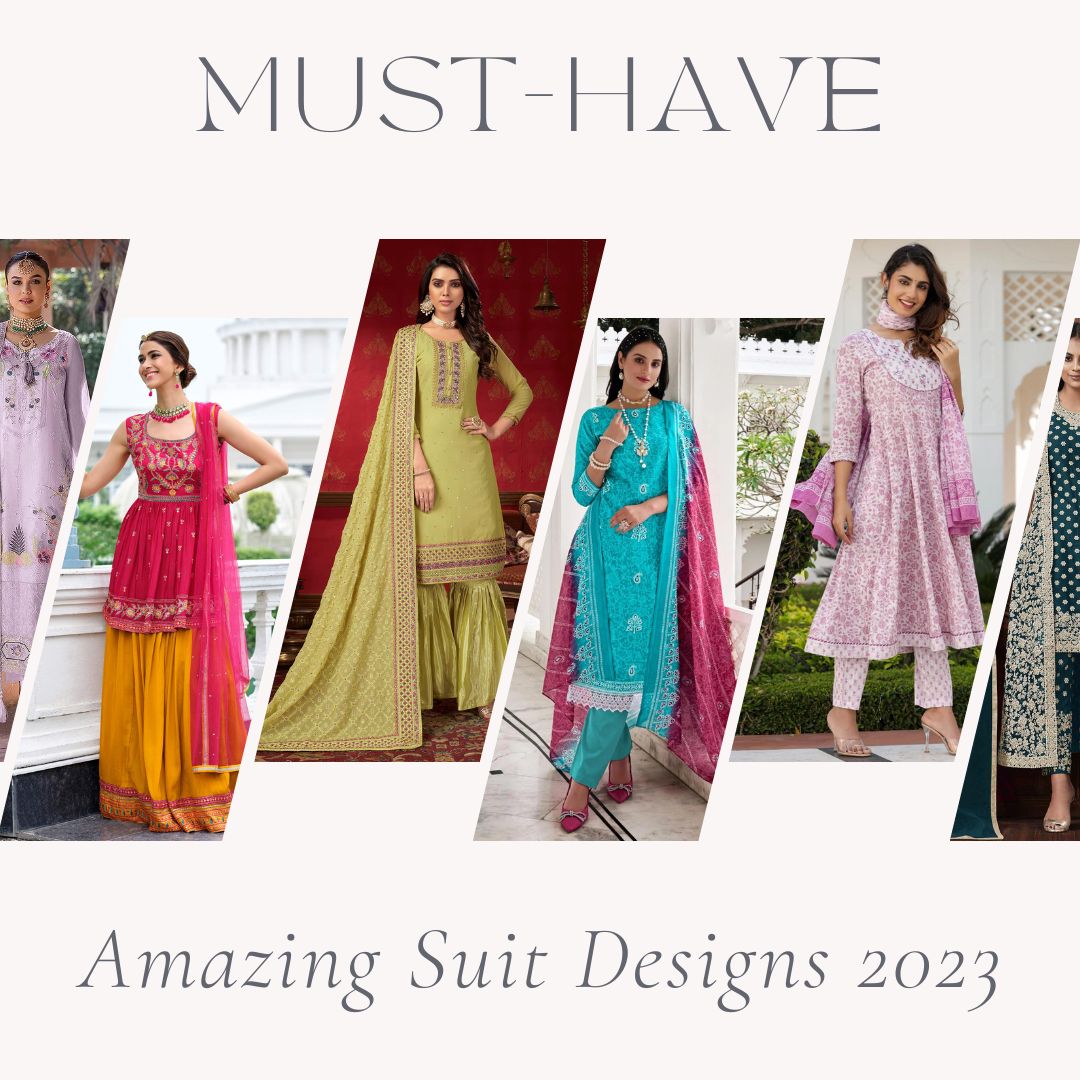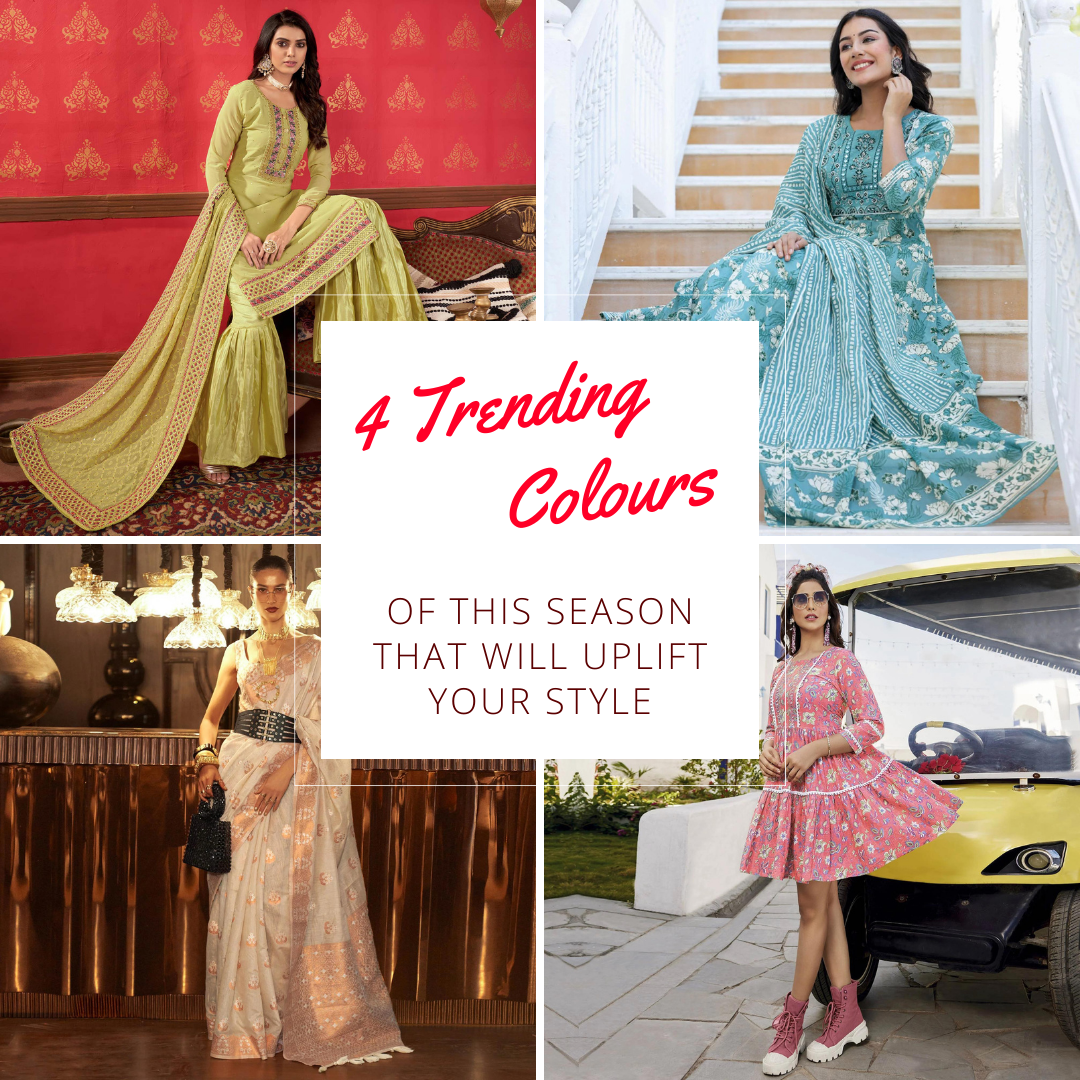Wearing Indian ethnic wear demands a serious love for it, and I’m not exaggerating! Creating art by the designer and retaining that art by the person who is embracing the design is art too. So, let’s learn the art of ethnic wear!
It is said, “Truth is history and history is truth”! So, let’s start with history only. The history of Indian ethnic wear is believed to be dated back to the 5th millennium BC, you can call it the start of civilization, and guess what, Indians already had a fashion statement! Wow, unbelievable isn’t so? People then wore clothes mainly made out of cotton grown locally around them. And today, we bear evidence of such an iconic style quotient through the discovered paintings, old scriptures and manuscripts, and some idols and stone carvings too! And we get to see a very distinct style that the men and the women of the then period of Indus valley Civilization adhered to.
Saree
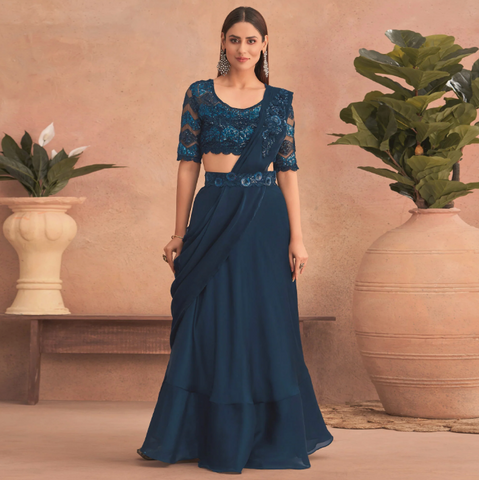
The most worn cloth of Indian ethnic wear by women today is the saree, and saree is not a day-old form of clothing, rather it is said to be one of the oldest forms of garment across the world and is extensively worn by Indian women since time immemorial. Saree was a compulsory form of everyday wear for women till the 20th century, and even in the 21st century in India, saree remains the predominant piece of ethnic wear across India. History ain’t really lost, isn’t it? In Indian culture, goddesses, and deities are seen wrapped up in sarees, making it a form of clothing that defines India’s roots and cultural quotient and is associated with the pure and holy.
A saree initially had 3 parts as discussed in the Sanskrit literature - the Antariya, the lower garment, the Uttariya or the veil, and the Stanapatta, the chest band. Later on, the Antariya and the Uttariya merged and today’s present-day saree emerged. The art of wearing a saree is an astoundingly sophisticated art, the draping, and the folding makes a saree something that cannot be worn by all.
The good news is Peachmode allows you to choose sarees based on your comfort of wearing them.
Salwar-kameez

The second most common outfit worn by women in India is the Salwar-kameez. The comfortable loose pants are known as Salwar and the lengthy top/tunic is known as Kameez. Salwar kameez is ideally paired with a dupatta, a loose, lengthy stretch of cloth worn around the neck to give the Salwar-kameez a flowy and comfortable look. It resembles the Punjabi form of Salwar-kameez which is known as the Patiala/Sharara.
Kurti

Do not be confused by a kurti as a salwar, they both look similar but aren’t the same! The popularity of Kurti is said to be brought about by the 19th-century philosophers, poets, and eminent scholars who wore this attire back then. It was mainly a preferred style because of its comfortable, elegant yet casual look. This extremely versatile piece of Indian attire can be worn on every occasion and for this reason, a kurti is designed depending on what’s trending. Thanks to Peachmode for their diverse Kurtis to choose from.
Traditionally a Kurti was always worn with a pajama however today’s generation has resorted to experimenting with Kurtis and we often find them pairing up with skirts, jeans, palazzos, etc.
It is very important to do justice to a kurti with the right accessories, so select the right one carefully. Tassel earrings, silver jewellery, chokers, and a jutti can elevate one’s kurti look.
Lehenga

While mentioning luxurious Indian wear, we absolutely cannot miss mentioning Lehenga. It is a gorgeous, dreamy, and usually lavish wear for women in India and the luxurious extravaganza in a lehenga has no end. Owing to its luxury, a lehenga is the style statement for most Bollywood weddings today.
Comprising of a blouse, a flowy long skirt, and the good old dupatta, lehengas, like all other Indian wear can show a lot of creativity and uniqueness. It is very difficult to not be mesmerized by the royalty of such an exquisite outfit. Lehengas are usually made with heavier materials like silk, velvet, and alike and comprise different cuts like A-line, Fish cut, mermaid cut, etc that further adds definition and structure to the outfit.
As you see it, my friends, the whole process of planning to wearing a piece of Indian ethnic wear is an unexplored art where the designer is the mostly underrated artist. Let’s visit Peachmode to appreciate the artist, shall we?

